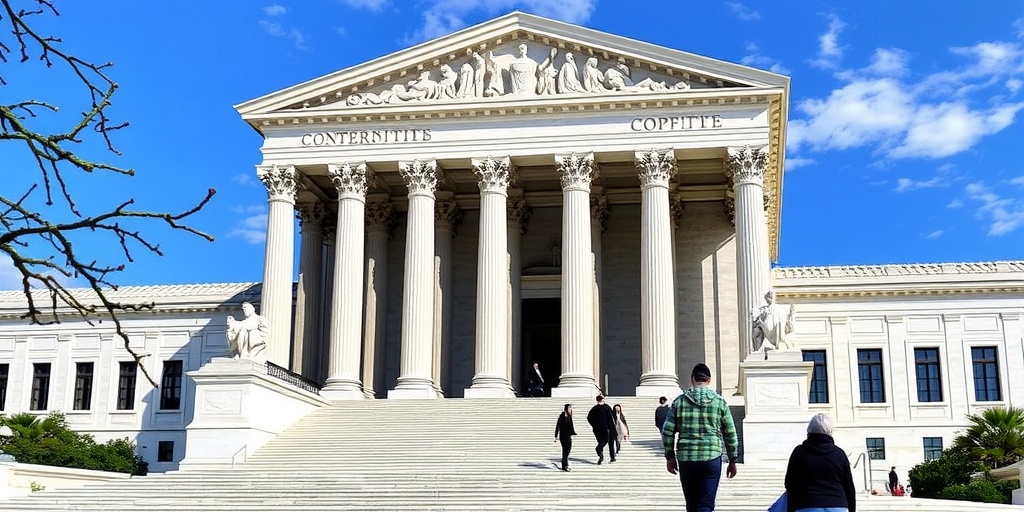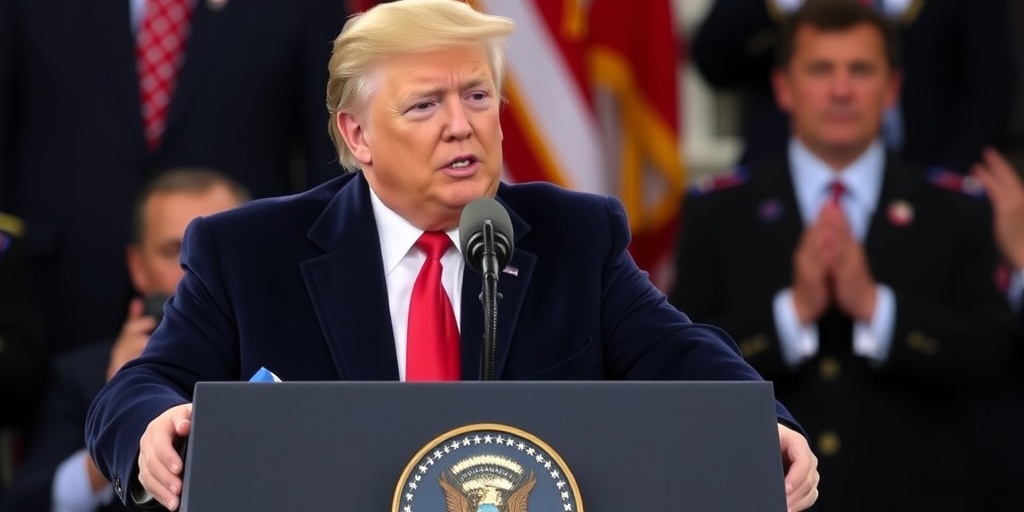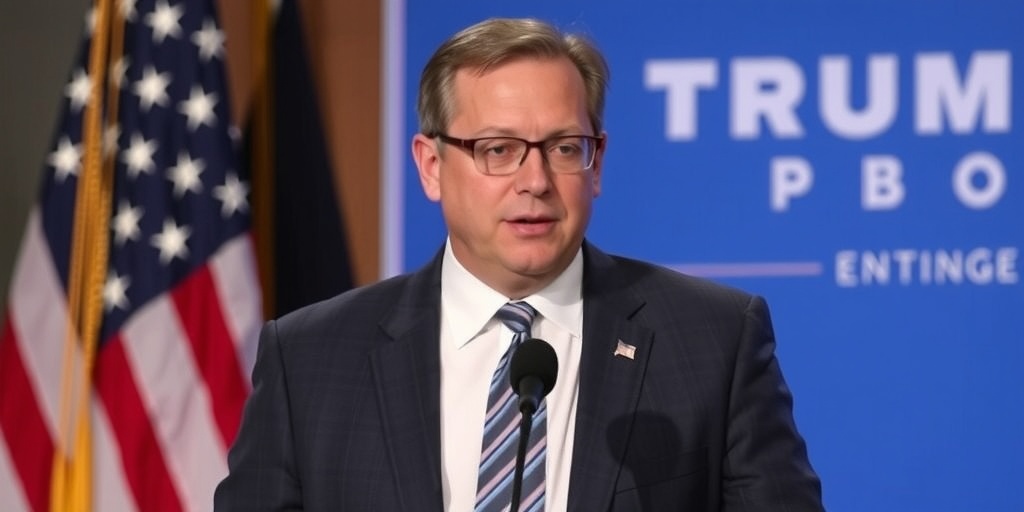Now Reading: Supreme Court Halts Order to Rehire 16,000 Probationary Workers
-
01
Supreme Court Halts Order to Rehire 16,000 Probationary Workers
Supreme Court Halts Order to Rehire 16,000 Probationary Workers

Supreme Court Halts Order to Reinstate Fired Federal Workers Amid Ongoing Legal Battles
On a recent Tuesday, the Supreme Court intervened to temporarily block a ruling from a federal district judge in California, which mandated the Trump administration to rehire thousands of federal workers who had been dismissed while serving in probationary roles. This decision represents a notable development in a complex legal landscape surrounding executive management and employee rights within federal agencies.
In a brief order, the Supreme Court stated that the nonprofit organizations challenging the dismissals lacked the standing to sue, indicating that they did not demonstrate the appropriate legal injury required to bring a case forward in this context. This ruling potentially limits the immediate practical effects, particularly since another lower court’s ruling that also calls for reinstatement of a significant number of the same employees remains effective.
Justice Sonia Sotomayor voiced her dissent regarding the Supreme Court’s decision but opted not to provide an explanation for her stance. Meanwhile, Justice Ketanji Brown Jackson questioned the appropriateness of the court’s engagement with such a consequential matter through an emergency application process, suggesting that the issues at hand warranted a more thorough examination.
The blocked ruling had emerged from a preliminary injunction issued by Judge William H. Alsup of the Northern District of California last month. This injunction specifically directed the reinstatement of over 16,000 probationary employees who had been terminated from various federal agencies, including the Department of Defense, Treasury, and others. Judge Alsup acknowledged the authority federal agencies possess to manage their personnel but argued that the Office of Personnel Management, which facilitated the mass terminations, overstepped its bounds by coordinating such large-scale dismissals between different agencies.
In his commentary, Judge Alsup criticized the process that led to the widespread firings, stating, “Yet that is what happened here — en masse.” His ruling highlighted a concern about the encroachment of one governmental body on the administrative functions of others.
In response to the Supreme Court’s decision to block the injunction, Sarah M. Harris, the acting solicitor general, filed an emergency application urging intervention. In her appeal, Harris pointed out that federal judges had previously issued over 40 temporary restraining orders or injunctions that impeded various administration programs. She expressed particular concern about Judge Alsup’s reinstatement order, describing it as a violation of the separation of powers—a move that, in her view, unjustly conferred executive personnel management authority to a singular district court without sufficient justification.
“The court’s extraordinary reinstatement order violates the separation of powers, arrogating to a single district court the executive branch’s powers of personnel management on the flimsiest of grounds and the hastiest of timelines,” Harris argued in her application. She implored the Supreme Court to halt the ongoing challenges to the constitutional structure of federal authority before further damage was enacted.
Conversely, the labor unions and nonprofit groups contesting the federal firings defended their position, asserting that the government should not claim that unwinding the terminations would be excessively burdensome—arguing that such harm was self-inflicted by the administration. They contended that the government’s claims regarding the reinstatement process’s enormity simply reflected the scale of its own unlawful actions during the firings.
Additionally, another federal judge, James K. Bredar, recently ruled in favor of reinstating federal workers in a separate case brought by a coalition of 19 states and the District of Columbia. Bredar’s ruling, however, was geographically limited, applying only to individuals residing or working within those states, excluding others from the broader reinstatement mandate.
The administration is now seeking a stay on Judge Bredar’s ruling from the U.S. Court of Appeals for the Fourth Circuit, which is anticipated to deliver a ruling on that request imminently.
Overall, this recent Supreme Court order marks another chapter in the contentious legal battles surrounding federal employment practices initiated by the Trump administration. As the case progresses, the implications for the affected employees and the operational integrity of federal agencies remain ongoing concerns for both sides of the dispute. The legal debates encapsulate significant themes of governance and judicial authority as they unfold in the American legal system.
Stay Informed With the Latest & Most Important News
Previous Post
Next Post
-
 01New technology breakthrough has everyone talking right now
01New technology breakthrough has everyone talking right now -
 02Unbelievable life hack everyone needs to try today
02Unbelievable life hack everyone needs to try today -
 03Fascinating discovery found buried deep beneath the ocean
03Fascinating discovery found buried deep beneath the ocean -
 04Man invents genius device that solves everyday problems
04Man invents genius device that solves everyday problems -
 05Shocking discovery that changes what we know forever
05Shocking discovery that changes what we know forever -
 06Internet goes wild over celebrity’s unexpected fashion choice
06Internet goes wild over celebrity’s unexpected fashion choice -
 07Rare animal sighting stuns scientists and wildlife lovers
07Rare animal sighting stuns scientists and wildlife lovers





















